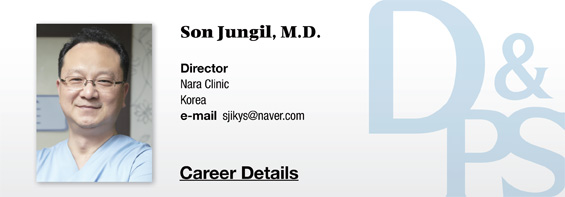
In this article, we will take a look at the so-called “all-in-one” or “three-in-one” IV solution that provides a convenient and effective treatment method for clinicians. The phrase “all-in-one” signifies that three main ingredients; carbohydrates (glucose), fat (lipids) and protein (amino acids) are administered simultaneously in one injection. Due to its excellent convenience, this treatment has become popular and various manufacturers are introducing new products in heated competition. Therefore, it is important for the doctors to have some familiarity with the ingredients to be able to select the best treatment for individual patients.
Let us take a look at the basics of IV solutions before going into the details of the all-in-one IV solution.
Categorization of IV nutrition therapies
There are largely two methods of administering nutrition to patients; enteral nutrition (EN) using the oral route and parenteral nutrition (PN) using the intravenous route. PN is used in patients with compromised consciousness or problems in the gastrointestinal system. The PN is further divided into total parenteral nutrition (TPN) and peripheral parenteral nutrition (PPN), based on the use of the central or peripheral veins. TPN is generally used when continuous nutrition for at least 5 days is needed in in-patient settings such as ICU. TPN allows use of high concentration solutions. On the other hand, PPN provides nutrition through peripheral veins such as those in the arm. Peripheral veins are more vulnerable to osmotic pressure compared to the central vein and an appropriate concentration should be administered. PPN is generally used for providing smaller amounts of nutrition at about 500~700kcal.
Occasionally, my patients ask me to administer the TPN solutions that they bring int. In such a case, granting the patient’s wish may result in a serious problem. As TPN solutions have much higher osmotic pressure than PPN solutions, administering in the peripheral vein may cause vascular pain as well as serious complications such as vasculitis. Therefore, TPN solutions should not be used in peripheral veins.
[Advertisement] Ultra Skin/Pastelle – Manufacturer: WONTECH(www.wtlaser.com)
Both TPN and PPN are for patients who have difficulty with normal, oral intake of food. The intravenous nutrition therapy (IVNT) is a new therapeutic choice used in patients who are able to orally consume food, however, have certain symptoms or disorders they want to treat. This therapy is administered in peripheral veins, much like PPN, but differs from PPN in that its main objective is treatment, not providing nutrition. IVNT can be used in a wider range of patients including healthy individuals, those with minor disorders or even serious disorders. The IV solution administered in IVNT does not just provide nutrition but have added components for each patient’s special needs. I believe IVNT is opening a new era for modern medicine and more research is needed to improve this new field.
-To be continued




















